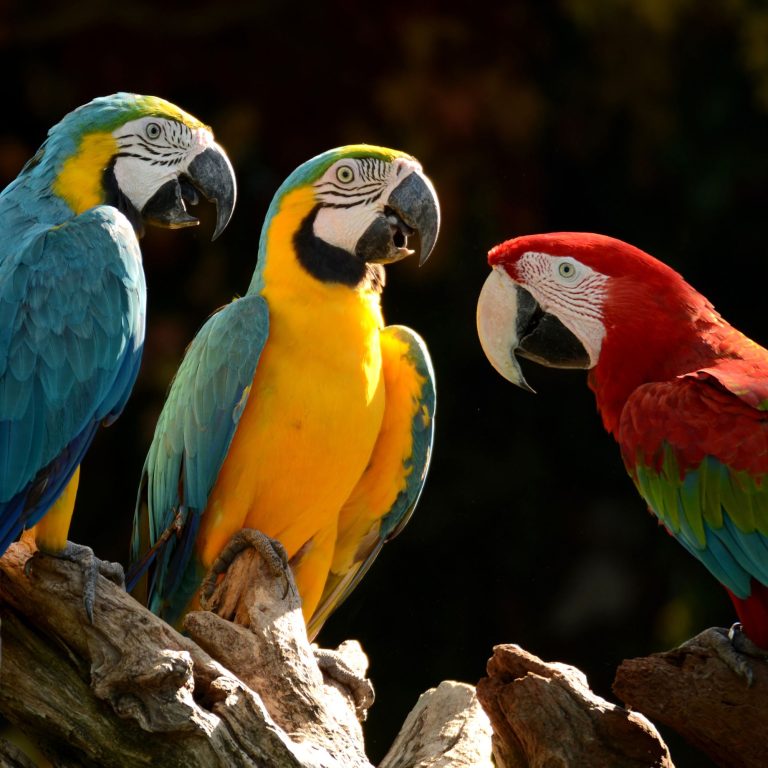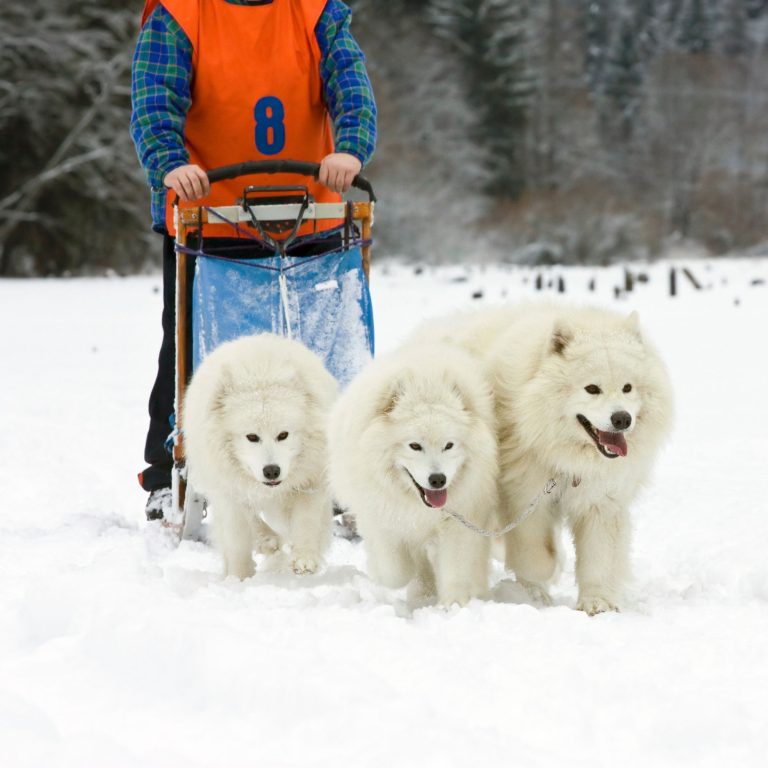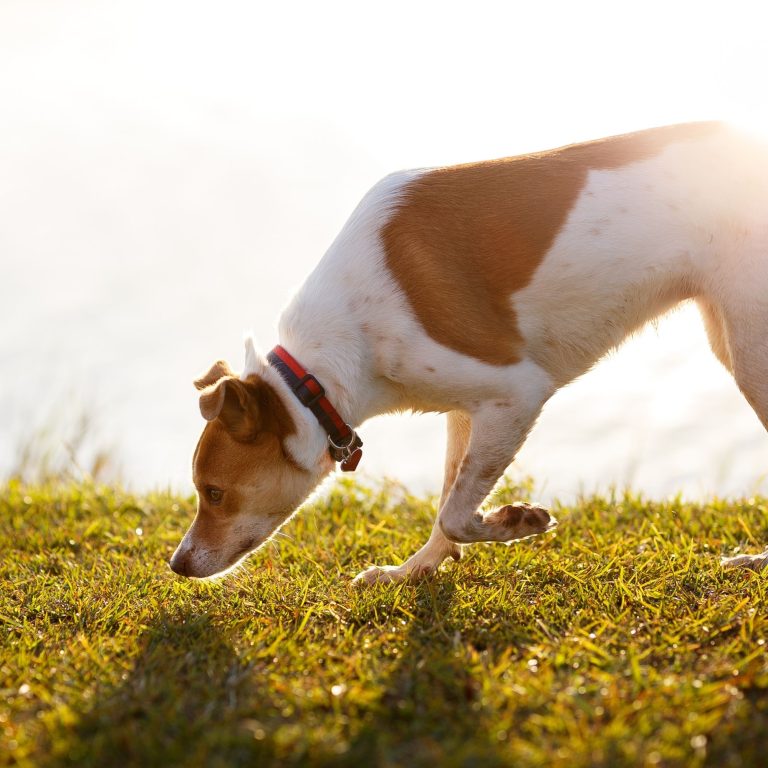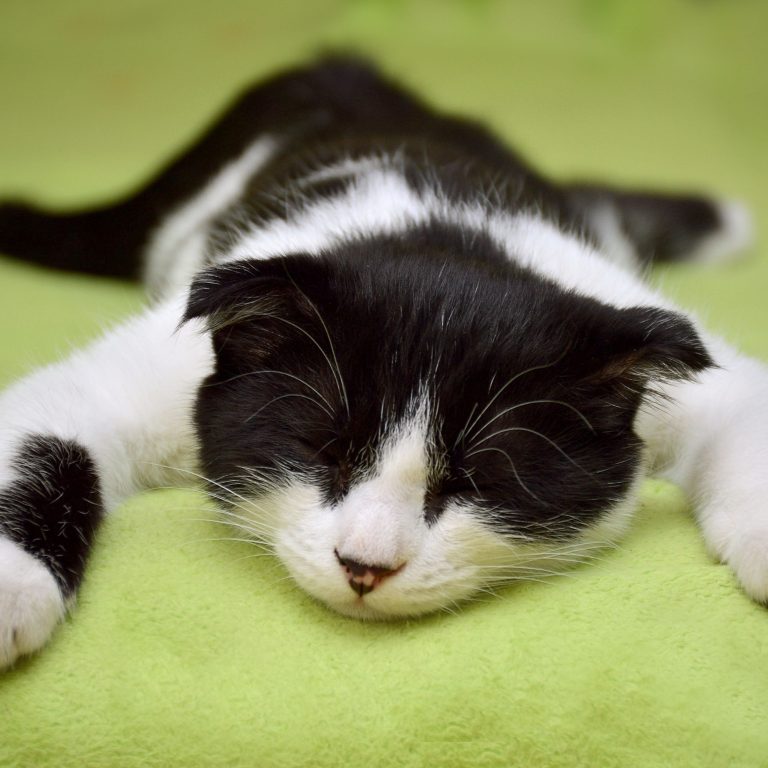Calling All Feathered Friends: Unlocking the Secret to a Multi-Species Bird Feeder
Bird Feeding 101
If you’re a bird lover, bird feeding can bring immense joy and provide a rewarding experience. The sight of colorful birds flocking to your backyard is truly a delight. One way to enhance your bird feeding experience is by using a multi-species bird feeder.
The Joy of Bird Feeding
Bird feeding is not only a source of enjoyment for you but also beneficial for our feathered friends. By providing them with a reliable food source, you can observe their fascinating behavior up close and contribute to their overall well-being. Watching birds interact and feed can bring a sense of tranquility and connection with nature. It’s a wonderful opportunity to appreciate the beauty and diversity of bird species.
The Benefits of a Multi-Species Bird Feeder
A multi-species bird feeder is designed to attract a wide variety of bird species, creating a vibrant and dynamic feeding environment. By offering different types of bird food and providing a diverse range of feeding perches, you can attract a rich assortment of birds to your backyard.
Having a multi-species bird feeder allows you to observe the unique characteristics and behaviors of various bird species. It provides an opportunity to learn about their individual dietary preferences, nesting habits, and migratory patterns. This can deepen your understanding and appreciation for the avian world.
A multi-species bird feeder also promotes a harmonious coexistence of different bird species. Birds have different feeding behaviors and preferences, so providing a variety of food options ensures that each species can find something suitable. This helps minimize competition among birds and encourages a peaceful and inclusive feeding environment.
To attract multiple bird species, it’s important to choose the right type of bird feeder and provide suitable food options. We’ll explore these topics further in the subsequent sections of this article. If you’re interested in learning more about the benefits of a multi-species bird feeder, check out our article on bird feeder attracting multiple types of birds.
By investing in a multi-species bird feeder, you can create a welcoming space for a wide variety of birds, enrich your bird feeding experience, and contribute to the conservation of our avian friends. Let’s dive deeper into the world of bird feeding and explore how to attract and cater to different bird species.
Understanding Bird Species
To create a bird feeder that attracts multiple species, it’s important to have a basic understanding of different bird species and their dietary preferences. By identifying common bird species and their specific needs, you can provide the right food and create an inviting environment for a variety of feathered friends.
Identifying Common Bird Species
Before setting up your multi-species bird feeder, familiarize yourself with the common bird species in your area. By learning to identify these birds, you can better cater to their needs and attract them to your feeder.
Here are some examples of common bird species you may encounter:
| Bird Species | Description |
|---|---|
| Northern Cardinal | Vibrant red color with a distinctive crest on its head. |
| American Goldfinch | Bright yellow feathers with black wings and a small beak. |
| Black-capped Chickadee | Small with a black cap and bib, white cheeks, and a gray body. |
| House Finch | Reddish or orange head and breast with brown streaks on its body. |
| Blue Jay | Striking blue feathers with a crest on its head and a black collar. |
By familiarizing yourself with these and other bird species in your area, you can create a bird-friendly environment that caters to their specific needs.
Different Dietary Preferences
Different bird species have varying dietary preferences, and understanding these preferences will help you choose the right types of bird food for your feeder. While many birds are seed-eaters, some species also rely on insects, nectar, fruits, or suet for their nutritional needs.
Here are some examples of common bird species and their dietary preferences:
| Bird Species | Dietary Preference |
|---|---|
| Northern Cardinal | Seeds, fruits, insects, and berries. |
| American Goldfinch | Seeds, especially thistle or nyjer seeds. |
| Black-capped Chickadee | Insects, berries, seeds, and suet. |
| House Finch | Seeds, fruits, and buds. |
| Blue Jay | Seeds, nuts, and insects. |
To attract a diverse range of bird species, consider offering a variety of bird food options in your feeder. This can include a mix of different seed types, such as sunflower seeds, millet, or safflower seeds. You can also provide supplemental treats like mealworms, fruit slices, or nectar to attract a wider variety of birds.
Remember to regularly clean and refill your feeder to maintain its freshness and appeal. By catering to the dietary preferences of different bird species, you’ll create a welcoming environment that attracts a diverse array of feathered visitors to your multi-species bird feeder.
Creating a Welcoming Environment
To attract a diverse range of bird species to your feeder, it’s important to create a welcoming environment that meets their needs. This includes choosing the right feeder location and providing adequate shelter and protection.
Choosing the Right Feeder Location
When selecting a location for your bird feeder, consider placing it in an area that is easily visible and accessible to both birds and yourself. Ideally, the feeder should be positioned near natural cover such as trees or shrubs. This provides birds with a sense of security, as they can quickly retreat to the nearby foliage if they feel threatened.
To prevent potential collisions, ensure that the feeder is at least three feet away from any windows. Birds may mistake the reflection for open space and fly into the glass, causing injuries or fatalities. By keeping the feeder a safe distance from windows, you can minimize the risk of accidents.
Additionally, keep in mind that different bird species have varying preferences for feeder placement. Some birds prefer feeders that are hung from trees or mounted on poles, while others may prefer ground feeders. By offering a variety of feeder types and locations, you can attract a wider range of bird species to your yard.
Providing Adequate Shelter and Protection
Birds need more than just food to feel at home in your yard. Providing adequate shelter and protection ensures their safety and comfort. Consider planting native trees, shrubs, or bushes near the feeder to create a natural habitat for birds. These natural elements offer nesting sites, protection from predators, and shelter from inclement weather.
In addition to natural shelter, you can also provide artificial shelter options such as birdhouses or nesting boxes. These structures mimic tree cavities and offer safe spaces for birds to raise their young. Make sure to position the birdhouses at a height and in a location suitable for the specific bird species you wish to attract.
To further protect birds, consider incorporating predator deterrents around the feeder area. These can include motion-activated sprinklers or hanging reflective objects that deter potential predators. By taking steps to create a safe and welcoming environment, you can increase the likelihood of attracting a diverse array of bird species to your feeder.
Remember, attracting multiple bird species to your feeder requires careful attention to their specific needs. By choosing the right feeder location and providing adequate shelter and protection, you can create an inviting habitat that will entice a variety of feathered friends to visit your yard. For more information on attracting different bird species, check out our article on bird feeder attracting various bird species.
Selecting the Right Bird Feeder
To create a bird-friendly environment that attracts multiple species, selecting the right bird feeder is essential. Consider the following considerations and features when choosing a bird feeder that caters to a variety of bird species.
Considerations for a Multi-Species Feeder
When selecting a bird feeder that is suitable for multiple species, it’s important to consider the following factors:
-
Feeder Design: Opt for a feeder that provides ample space for different bird sizes and beak shapes. A feeder with multiple perches or feeding ports allows different species to comfortably access the food.
-
Feeder Capacity: Choose a feeder with a large enough capacity to accommodate the feeding needs of various bird species. A larger capacity means less frequent refilling, ensuring a steady supply of food for all visiting birds.
-
Food Protection: Look for feeders that have protective features like covers or domes to shield the food from rain, snow, or excessive sunlight. This helps to keep the bird food fresh and appealing to a wider range of species.
-
Easy Maintenance: Consider feeders that are easy to clean and refill. Regular cleaning prevents the buildup of mold or bacteria, ensuring the health of visiting birds.
Features to Look for in a Bird Feeder
To attract multiple bird species, look for the following features in a bird feeder:
| Feature | Description |
|---|---|
| Adjustable Perches | A feeder with adjustable perches allows you to accommodate birds of different sizes, ensuring comfortable feeding for all visitors. |
| Multiple Seed Compartments | Feeders with multiple seed compartments allow you to offer a variety of seeds to cater to the dietary preferences of different bird species. |
| Squirrel-Proofing | Look for feeders with squirrel-resistant mechanisms to prevent squirrels from emptying the feeder or scaring away the birds. |
| Easy-to-Clean Design | Choose feeders with removable parts or hinged openings for easy cleaning and maintenance. |
| Durable Construction | Opt for feeders made from sturdy materials like metal or thick plastic to withstand different weather conditions and the activities of birds. |
By considering these factors and features, you can select a bird feeder that provides an inviting environment for a diverse range of bird species. Remember to regularly clean and refill the feeder and offer a variety of bird food to attract and nourish different birds. For more information on bird feeders that attract multiple species, visit our article on bird feeder for multiple species.
Creating a welcoming and diverse feeding station not only provides nourishment for the birds but also allows you to observe and appreciate the beauty of various bird species that visit your yard.
Bird Food and Treats
To attract a variety of bird species to your multi-species bird feeder, it’s important to provide a selection of bird food and treats that cater to different dietary preferences. By offering a diverse menu, you can ensure that you attract a wide range of feathered friends to your feeding station.
Seed Types for Different Birds
Different bird species have varying dietary needs and preferences when it comes to seeds. By offering a variety of seeds, you can attract a greater number of bird species to your feeder. Here are some common seed types preferred by different birds:
| Bird Species | Preferred Seed Types |
|---|---|
| Cardinals | Sunflower seeds, safflower seeds |
| Finches | Nyjer (thistle) seeds, sunflower chips |
| Chickadees | Sunflower seeds, peanuts |
| Blue Jays | Peanuts, sunflower seeds, cracked corn |
| Sparrows | Millet, cracked corn |
| Woodpeckers | Suet, peanuts, black oil sunflower seeds |
By providing a mix of these seeds in your bird feeder, you can entice a wide array of bird species to visit your feeding station. Remember to keep the feeder clean and replenish the seeds regularly to maintain the interest of the feathered visitors.
Supplemental Treats to Attract Variety
In addition to seeds, offering supplemental treats can further entice a variety of bird species to your feeder. These treats can provide additional nutrition and serve as an irresistible snack for the birds. Here are some supplemental treats to consider:
- Fruit: Offer slices of fresh fruits such as apples, oranges, or grapes. Some bird species, like Orioles or Waxwings, are particularly fond of fruit.
- Mealworms: Loved by many bird species, mealworms are a great source of protein. They can be offered live, dried, or in the form of mealworm suet.
- Nectar: For hummingbirds, fill a separate feeder with homemade or store-bought nectar. This sweet liquid will attract these tiny, vibrant birds to your feeding station.
- Suet: Suet is a high-energy treat that is especially appealing to woodpeckers, nuthatches, and other insect-eating birds. Use suet cages or feeders to offer this tasty treat.
By incorporating these supplemental treats alongside the seed offerings, you can create a diverse and enticing menu for a wide range of bird species. Remember to consult local birding resources to learn about the specific preferences of birds in your area.
As you attract various bird species to your feeder, take the opportunity to observe and appreciate the beauty of nature. Maintain a clean feeding station, replenish the food regularly, and keep track of the bird species visiting your multi-species bird feeder. Enjoy the delightful presence of your feathered friends as they gather to feast on the array of treats you provide.
Attracting Birds to Your Feeder
To create a bird-friendly environment that attracts multiple species to your feeder, there are a few key steps you can take. By creating an appealing feeding station and implementing some helpful tips, you can increase the likelihood of attracting a diverse array of bird species.
Creating an Appealing Feeding Station
1. Provide a Variety of Food: Different bird species have varying dietary preferences. To attract a wide range of birds, offer a diverse selection of bird food. This can include a mix of seeds, nuts, suet, and fruits. By providing a variety of food options, you’ll cater to the varying tastes of different bird species.
2. Keep the Feeder Clean: Regularly clean your bird feeder to ensure the food remains fresh and free of mold or bacteria. A clean feeder not only promotes the health of visiting birds but also enhances the attractiveness of your feeding station.
3. Offer Fresh Water: Birds need water not only for drinking but also for bathing and preening. Consider adding a bird bath or a shallow dish of water near your feeder. Make sure to clean and refill it regularly to provide fresh water for the birds.
4. Plant Native Plants: Native plants provide natural food sources and shelter for birds. By incorporating native plants into your landscaping, you create a habitat that is more appealing to a variety of bird species. Native plants also attract insects, which can be an additional food source for birds.
Tips for Attracting Multiple Bird Species
1. Use a Variety of Feeders: Different bird species have different feeding habits. By using a combination of feeders, such as tube feeders, platform feeders, and suet feeders, you can attract a wider range of birds that prefer different feeding styles.
2. Adjust Feeder Heights: Some bird species prefer to feed at different heights. To accommodate a variety of birds, place feeders at different heights throughout your yard. This allows birds with different feeding preferences to find a comfortable spot to eat.
3. Create a Safe Environment: Birds are more likely to visit a feeding station that feels safe and secure. Position feeders near trees or shrubs that provide cover and protection from predators. This allows birds to quickly seek shelter if they feel threatened.
4. Be Patient: Attracting a diverse group of bird species to your feeder may take some time. It can take a while for birds to discover and become accustomed to a new food source. So, be patient and consistent with your efforts. Over time, word will spread among the bird community, and you’ll begin to see an increase in the variety of birds visiting your feeder.
By following these tips and creating an inviting environment, you can increase the chances of attracting multiple bird species to your feeder. Remember to provide a variety of food, keep the feeding station clean, and consider the preferences and needs of different bird species. Enjoy the beauty and diversity that your bird feeder brings to your yard!







